RYAN SAKS
Columbia University GSAPP Class of 2026
Master of Architecture

Lehigh University Class of 2023
B.A. Architecture, B.S. Civil Engineering

Columbia University GSAPP Class of 2026
Master of Architecture

Lehigh University Class of 2023
B.A. Architecture, B.S. Civil Engineering
CONTACT INFORMATION
rsaksinc@gmail.com res2221@columbia.edu (201) 669-9742
New York, NY, 10025
LINKS
Portfolio
TECHNICAL SKILLS________
- REVIT
- Rhino 3D
- AutoCAD
- Bluebeam
- SketchUp
- Grasshopper
- Adobe Creative Suite
- Digital Photography
RELEVANT COURSEWORK
GRADUATE
- Core Studio I, II, III
- Tech I Environments in Arch
- Tech II Structures in Architecture
- Tech III Materials & Assemblies
- Tech IV Integrated Building Systems
UNDERGRADUATE
- Architectural Studio I, II, III, IV
- Architecture Technology I & II
- Eng. Capstone Design Project
- Structural Analysis I
- Structural Concrete Design I & II
- Structural Steel Design I
Columbia University GSAPP New York, NY
Master of Architecture Class of 2026
Lehigh University Bethlehem, PA
Arts and Engineering Dual Degree Program Class of 2022
• Bachelor of Arts, Architecture ~ major GPA: 4.00
• Bachelor of Science, Civil Engineering ~ major GPA: 3.96
• Highest Honors, President’s Scholar Program
CERTIFICATIONS
Fundamentals of Civil Engineering Exam– NCEES July 2023
Completed one full year of AXP hours - NCARB August 2024
Ware Malcomb Newark, NJ
Architectural Intern June 2024 – August 2024
• Worked with exclusive team creating comprehensive building programing plan for four story inpatient psychiatric facility; formulated ideal programing scheme based on client’s needs and established Evidence-Based Design strategies in healthcare design
• Developed bid set to completion for two story facility; closely worked on wall sections, details, and floor plans
• Designed space plans for SD phase that innovatively tied existing campus to new work with Interiors team
• Surveyed site and independently created Revit model of existing conditions; produced initial space plans proposal for project
• Produced exhaustive interior design package consisting of floor plans, interior elevations, material and furniture selections, and key notes
• Worked with CA team on punch walks, OAC meetings, field reports
RSC Architects
Architectural Intern
Hackensack, NJ
June 2022 – August 2022
• Collaborated closely with a selective team overseeing all New York Presbyterian projects and attended weekly client meetings
• Developed comprehensive floor plans, reflected ceiling plans, internal elevations, and construction documents in AutoCAD for all projects
• Accounted for large portion Chemistry Lab project construction document set issued for pricing
• Coordinated MEP drawings and communicated with project engineer
• Created equipment plan, finish plan, dust control plan, and interior elevations for Koning Breast CT project
• Completed phasing plan for Chemistry project to coordinate waste removal and construction with FGI guidelines for infectious disease
• Initiated site visits to local hospital project to develop greater understanding about healthcare architecture and its constraints
Di Cara½ Rubino Architects Wayne, NJ
Architectural Intern
Freelance Photographer – RES Photo
Woodcliff Lake, NJ Independent Contractor September 2017 – present
• Provide photography services for professional, family, and graduation portraits
• Produce photographic material for websites business cards, marketing, and events
• Edit content using Adobe Photoshop and Lightroom
Columbia University GSAPP New York City, NY Teaching Assistant – Tech II Structures in Architecture January 2025 – May 2025
• Selected based on academic performance and professional knowledge from pool of qualified candidates
Lehigh University Civil Engineering Department Bethlehem, PA Team Captain for Engineering Capstone January 2023 – May 2023
• Managed the Architecture and Sustainability team for semester long capstone project; lead weekly team meetings
• In charge of schematic design set in Rhino 3d and communicating design development with other teams
Lehigh University AAD Department Bethlehem, PA Apprentice Teacher - Architectural Technology I August 2021 – December 2021
• Provided constructive feedback on structural diagrams on homework assignments
• Held office hours and review sessions tailored to students’ challenges in course material
• Facilitated design of final project related to conceptual ideas, concrete mix and formwork assembly
Clarence Tabor Memorial Scholarship ~ AIA Architects League of Northern New Jerseys May 2023
• Awarded to undergraduate students in their final year based on scholastic excellence, attitude toward the profession, and probable success as an architect
Richard Redd Award 2021-2022 ~ Lehigh University Art Architecture and Design Department October 2021
• Selected by vote from Art Architecture and Design Department faculty out of major class in October 2021 for outstanding performance in the classroom and studio and for significant contributions to fostering of a healthy esprit de corps in the department
July 2020 – August 2021
• Developed comprehensive floor plans, roof plans, reflected ceiling plans, internal elevations, and construction drawings in AutoCAD
• Designed culinary lab from inception in SketchUp for a new project
• Initiated independent surveying of existing property, created plans for entire two-story structure to assess new work to be discussed with school district
01 Core Studio III, Fall 2024
In Collaboration with Partner Del Haghdel
Teranga, meaning Hospitality in Wolof, is a pillar of the Senegalese culture and our project. This pillar is expressed through the communal housing model and three levels of spaces that each celebrate a specific Senegalese ritual: 1) enclave commons 2) floor commons 3) global commons.
Each Enclave Pod is made up of an enclave commons, communal balcony garden, and three to six residential apartments of varying sizes. The enclave commons act as an extension of each apartment with the placement of expansive folding doors bridging the residential kitchen, the backbone of hospitality hosting rituals, and the communal space.

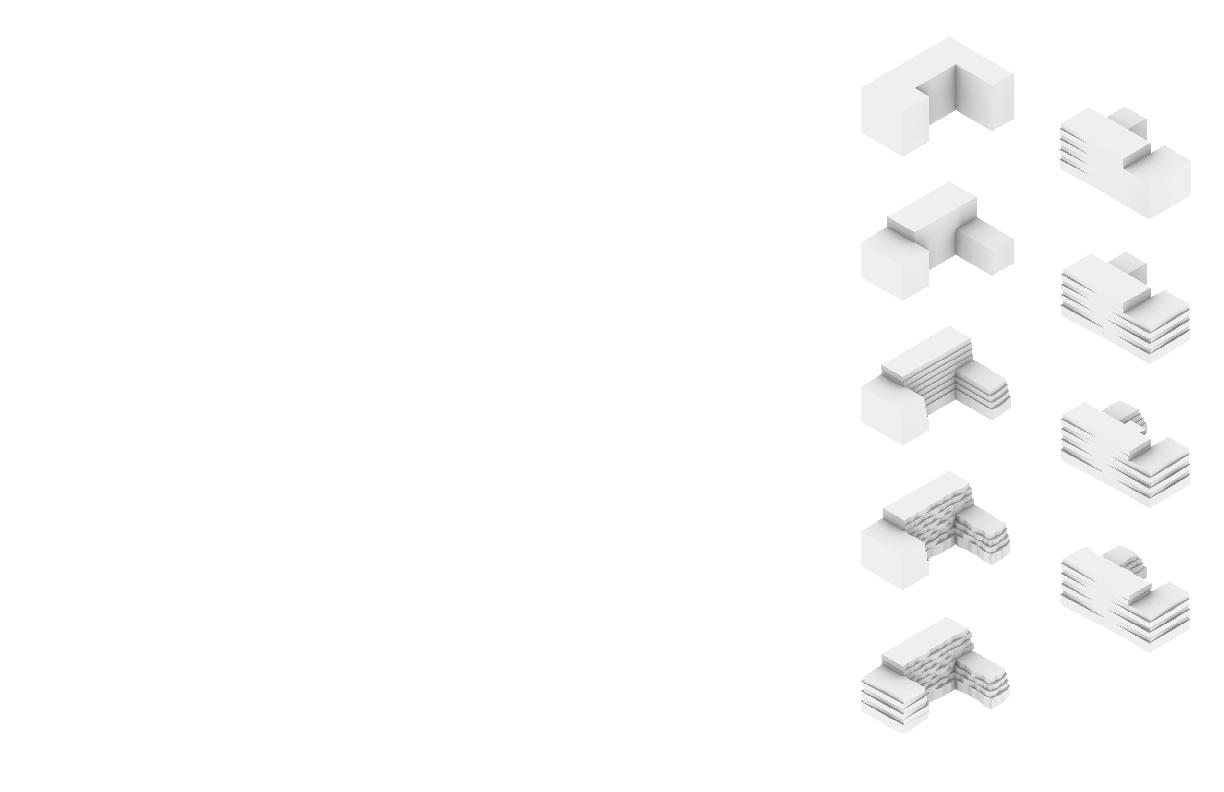

The Floor Commons is carved in the central wing of each residential floor and its swooping shape on the west and east facade is highly visible through its transparent material expression. The staircases and mezzanines carving through the floor commons create the necessary porosity within the complex. It is integral to unite the horizontal enclave networks vertically for this community model to be successful.

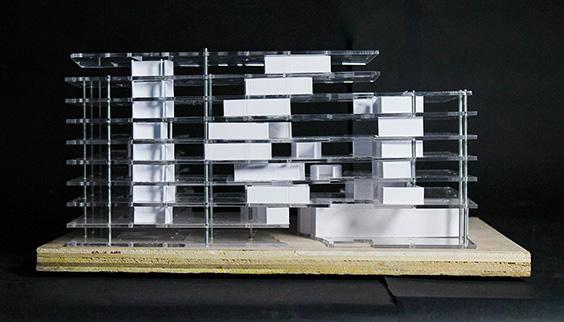
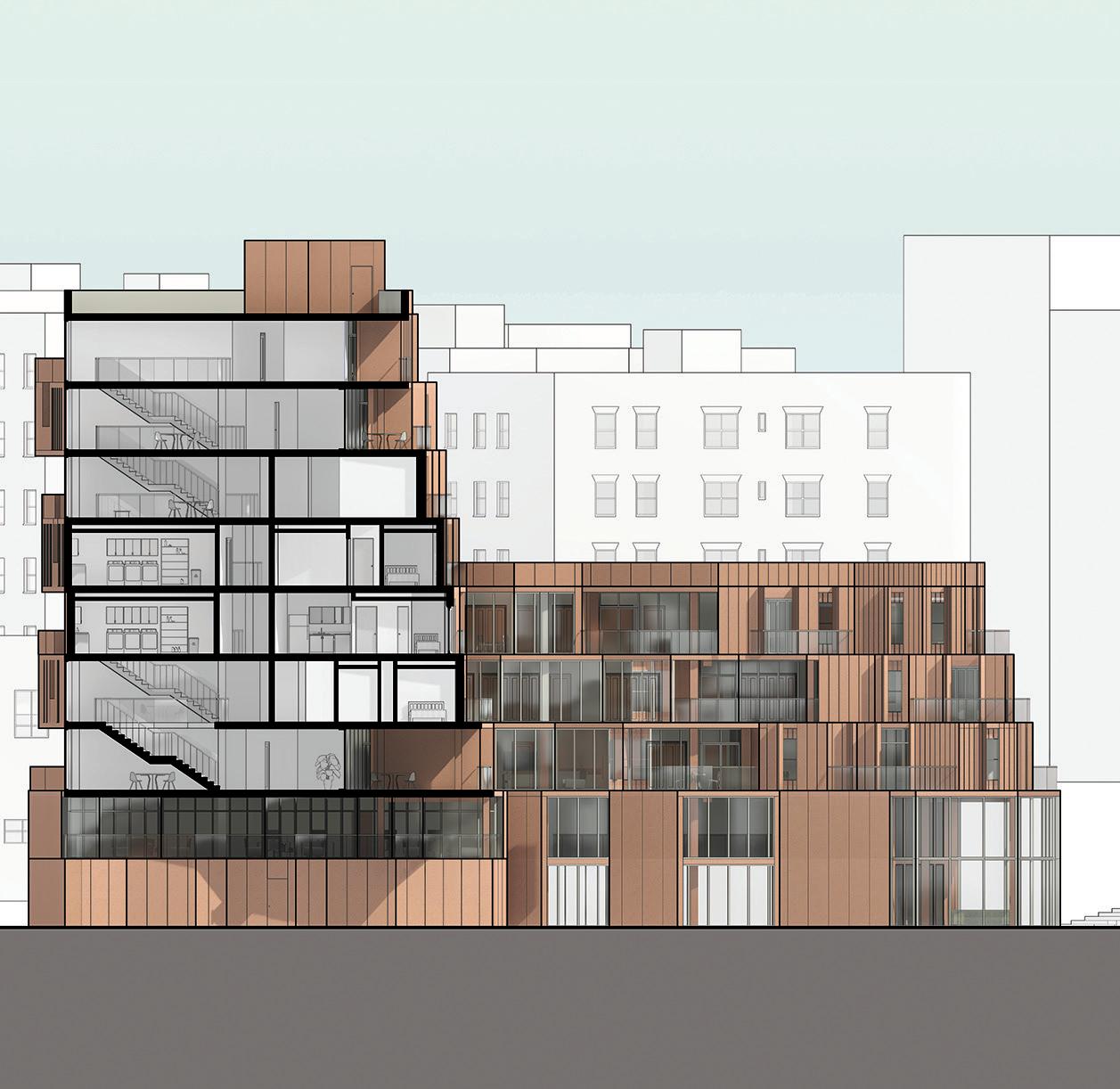
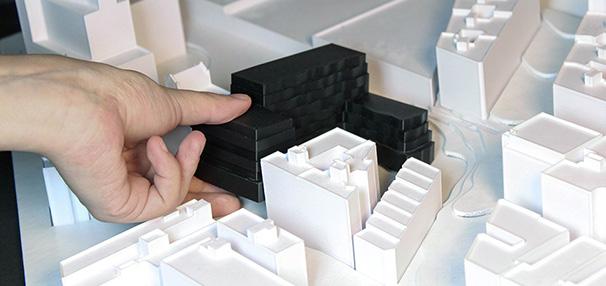

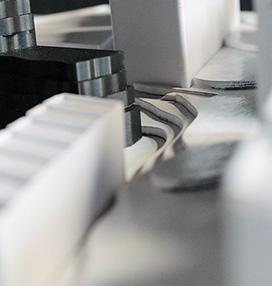
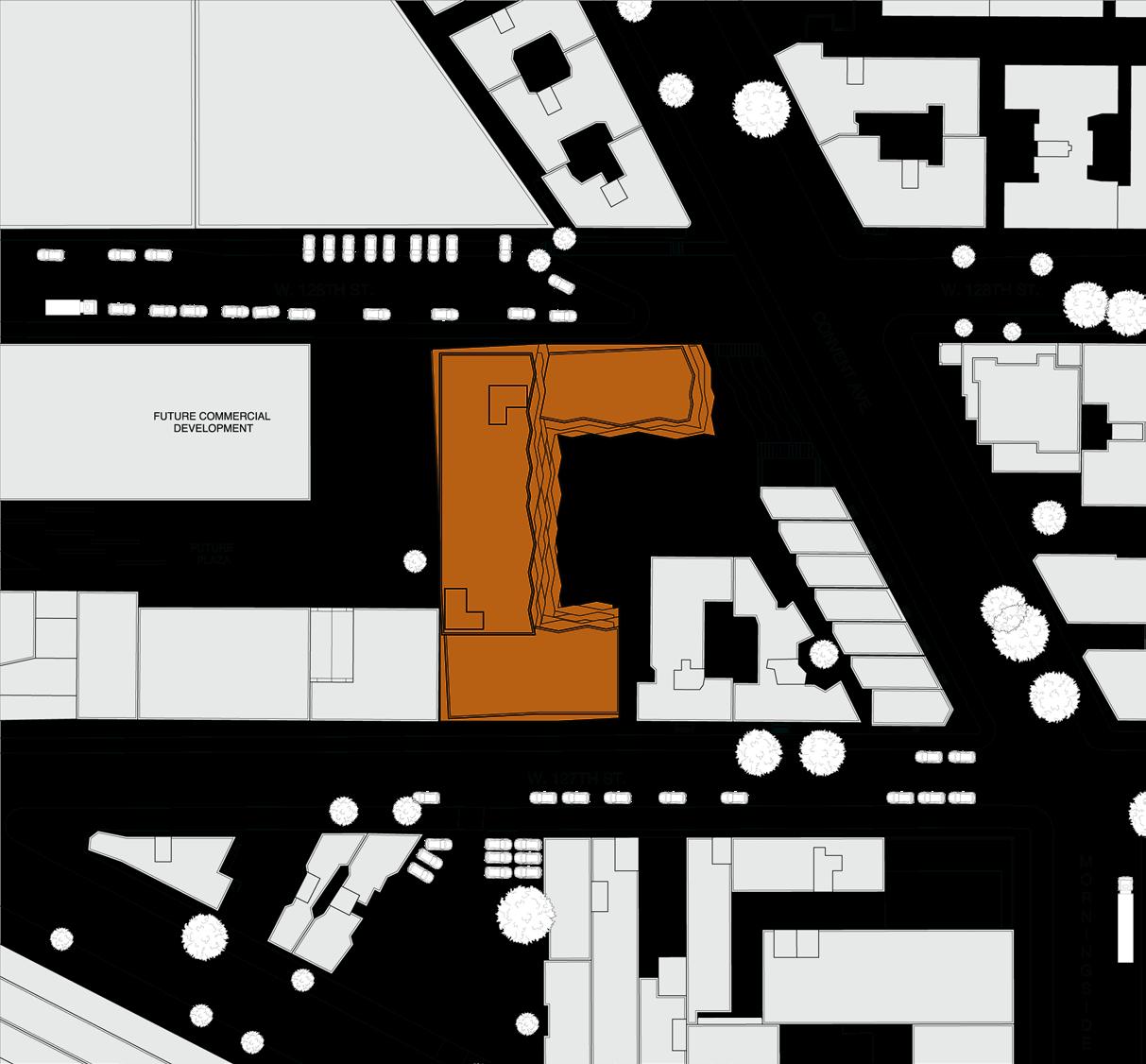

The main entrance (below) is located off of W. 127th street to align with the main approach from the nearby subway station and heavier pedestrian trafficked street. This allowed for the daycare and playground to be in the northern area of the lot where it could be protected from the main street by an existing retaining wall and 14 ft. drop in elevation on the Convent Ave street boundary.
This housing complex resides between a pure coliving model and a typical apartment model. The blurring of the communal space boundary within the pods promotes the development of the immigrants first network of support in this new country. The pods on alternating floors are deliberately set up to cluster studios and one-bedrooms together and two- and three- bedrooms together to further establish community networks that support each others similar needs (ex. multi-generational families are grouped).
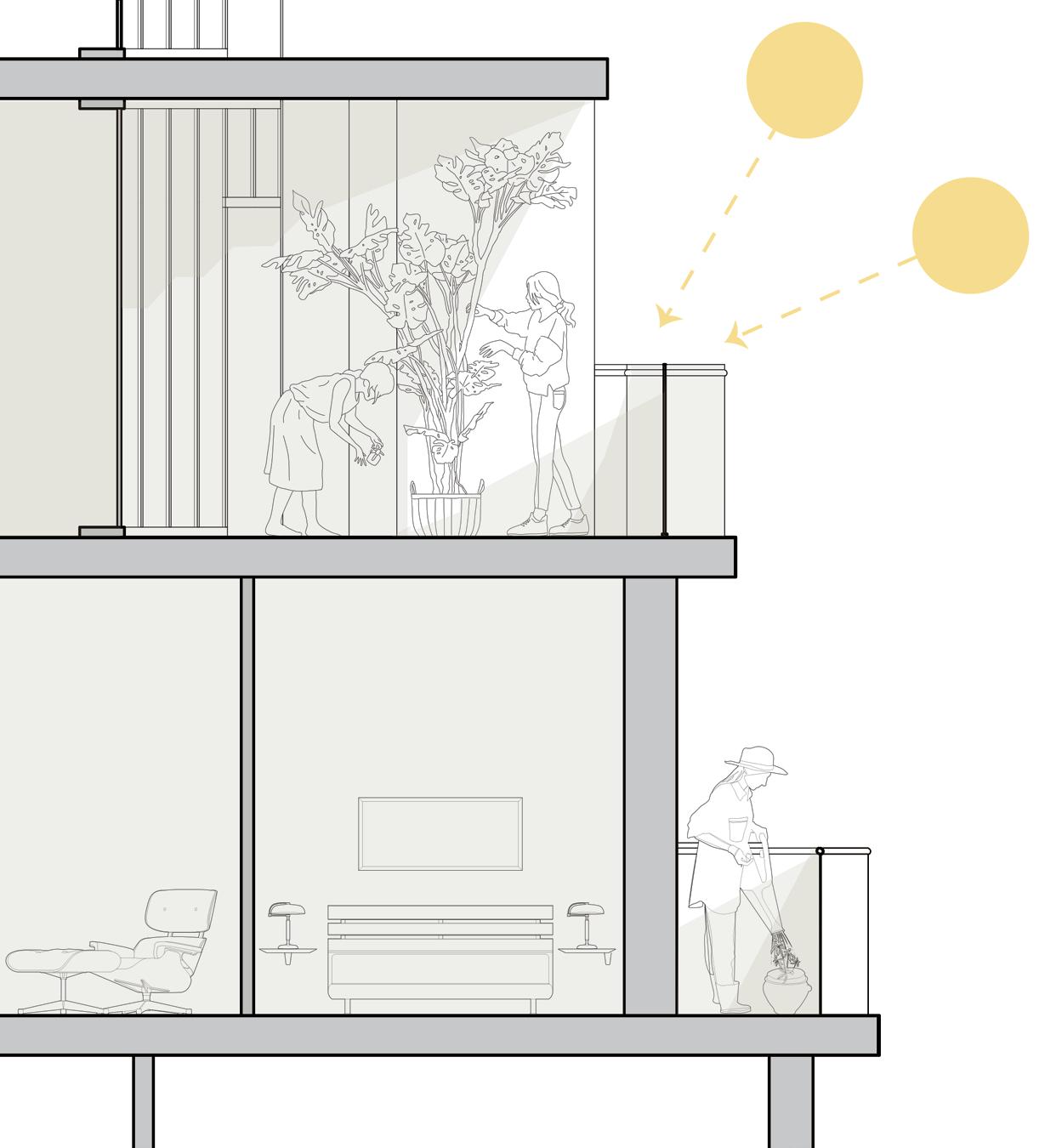


The facade is composed of three different sizes panels of terracotta: 9”, 1’-6”, and 3’. The paneling sizes both functions as an indicator of the level of privacy inside (ex. a bedroom, living room, or public space) and a continuation of the larger formal move of the “wiggles”. The “wiggle” edge only resides in the interior courtyard to create a completely different spacial atmosphere, one that is more playful and “safe” from the unfamiliar chaos of the city to its residents.
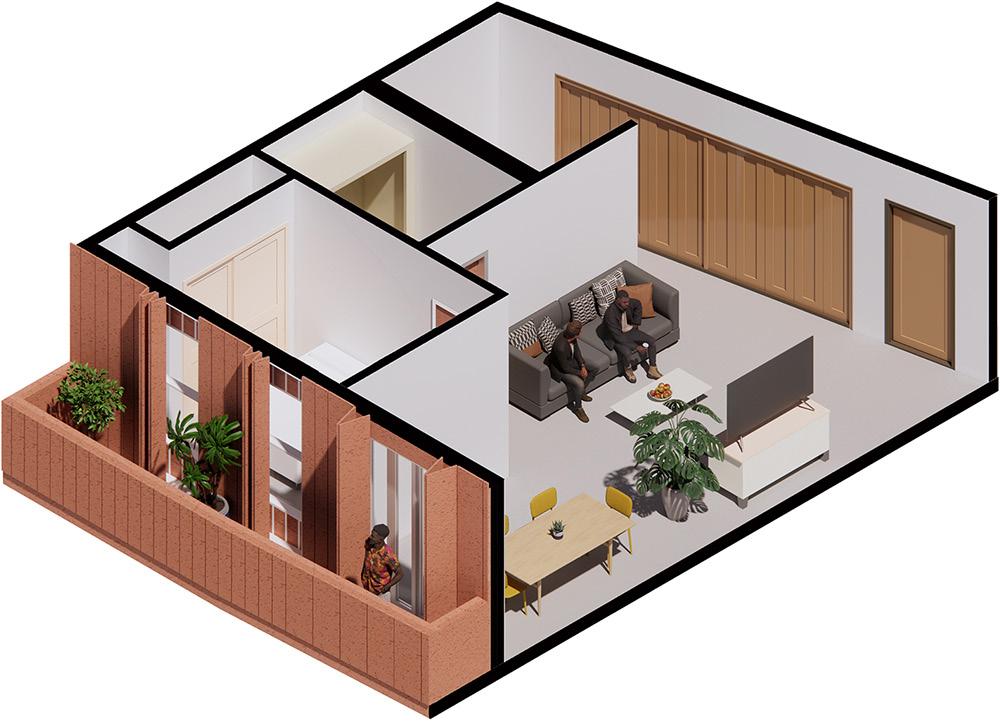
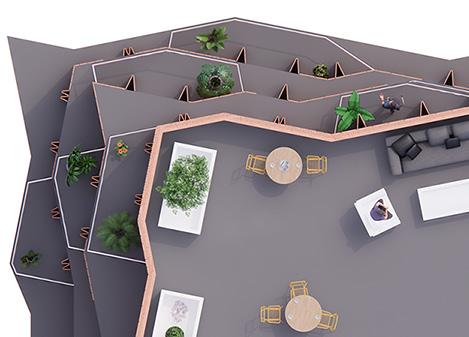
02 Core Studio I, Fall 2023
Columbia moved to Morningside Heights in 1896 and since then has acquired 209 properties making them the largest property owner by addresses in New York City. Columbia has always put their need for expanding the campus over the needs of the local residents. The latest example of this one sided relationship was the use of eminent domain to acquire properties for their new Manhattanville campus.
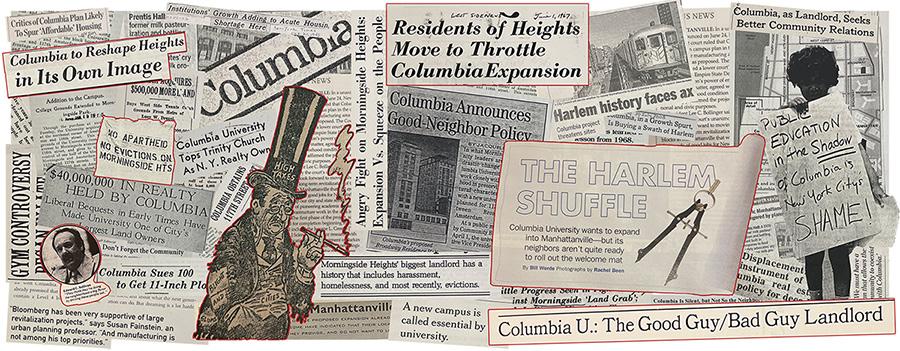








Columbia


The Forum requires a radical change in function and its physical manifestations because it is not connecting the University to the surrounding community as it is intended. I propose that it be drastically altered through deconstructing the physical building and collecting those parts to form a material library as the new program. It must function like a traditional library with no monetary transactions. The materials are in place of books to open a reciprocal relationship within the community.
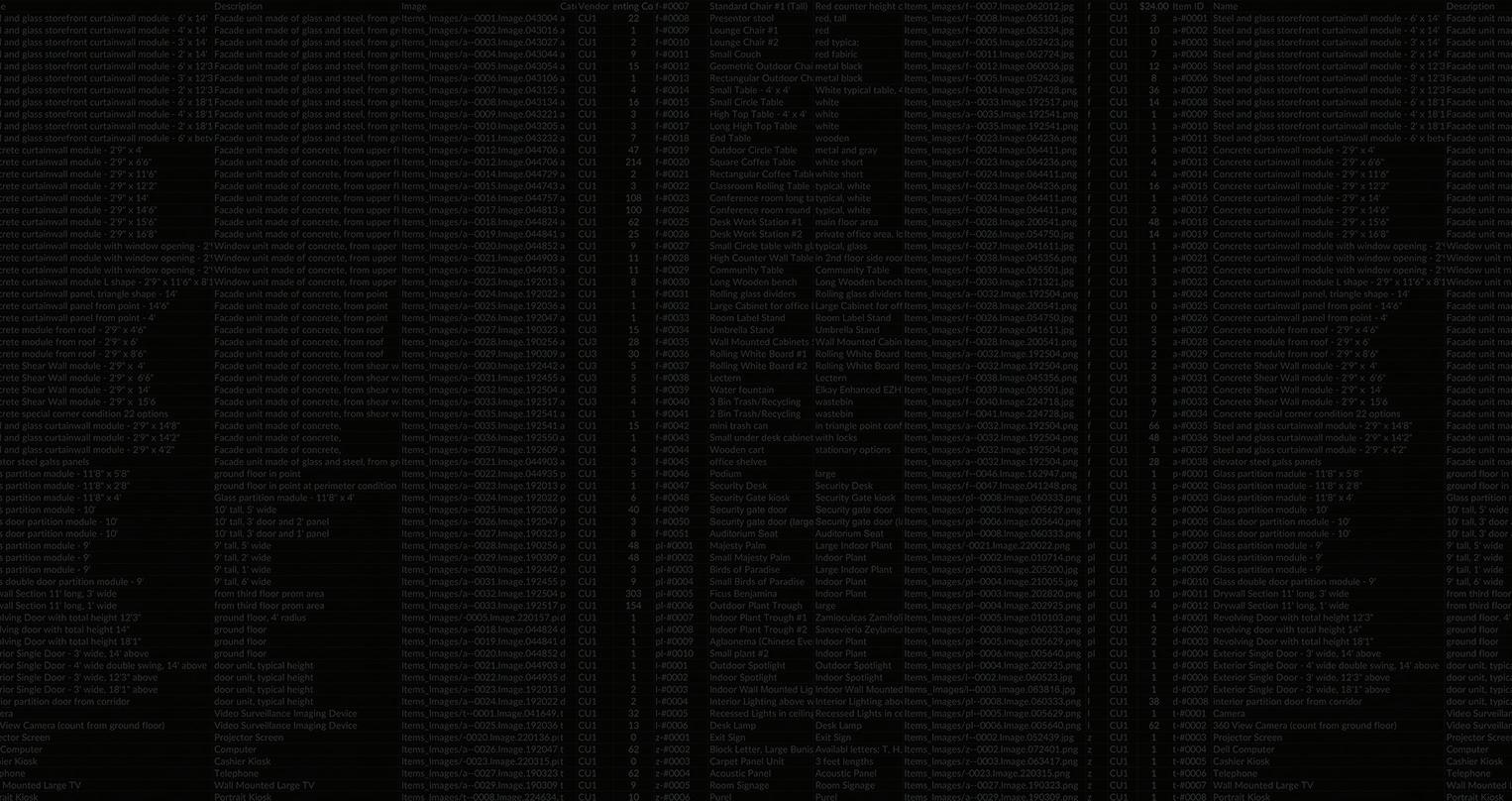


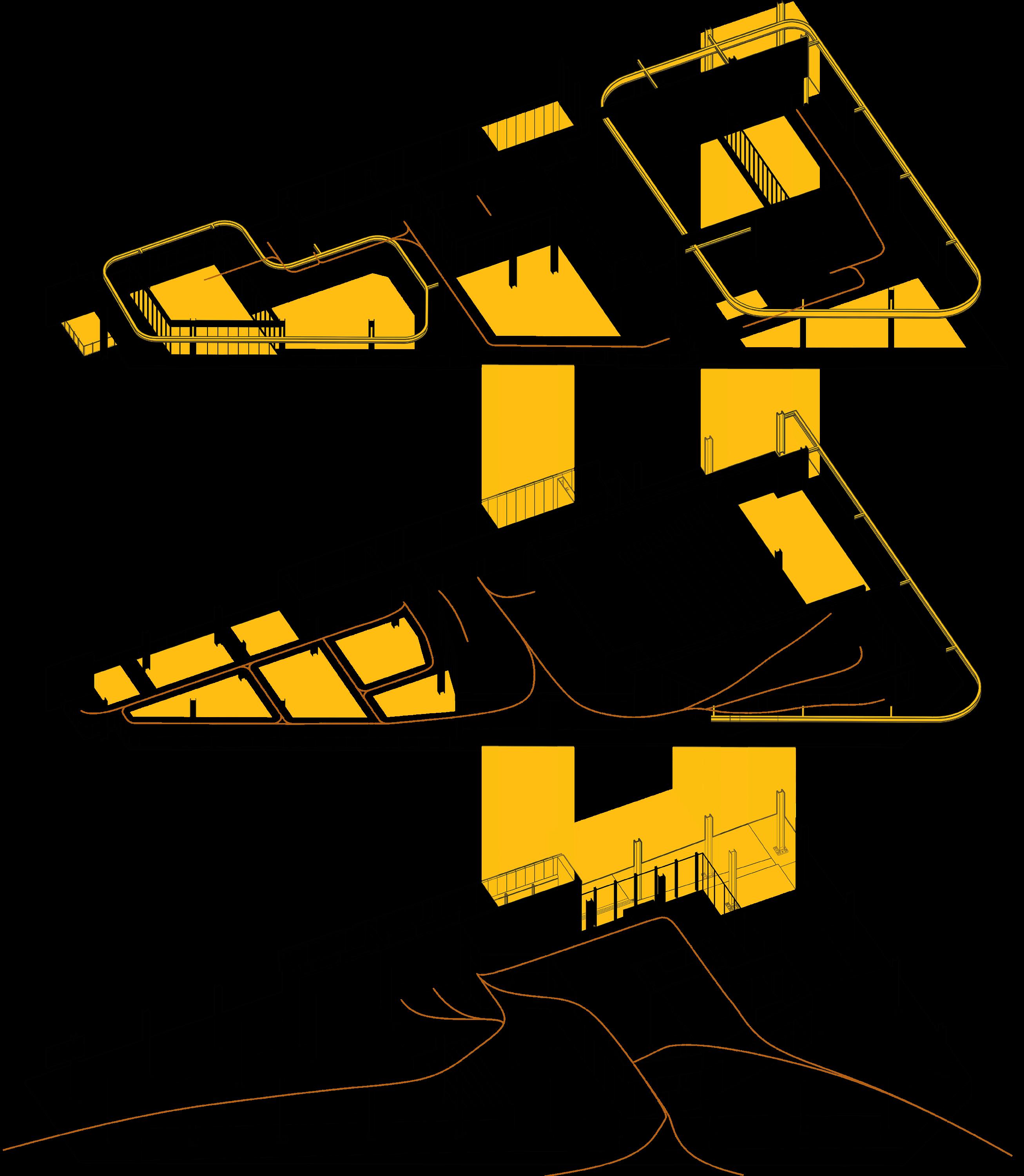
Entrance Vestibule
Maker Space
Outdoor Gathering Area
Inventory Exhibition
Resource Library
Pulley System
Pickup Road Access
Support & Consultation
Mixed Used Open Floor
Workshop & Classroom
Repair Shop
Auditorium
Open Inventory Storage
Closed Inventory Storage
Open to Below
Admin
The primary method of flow and storage for the inventory is the mobile tracks on the second and third floor that house the largest items, the deconstructed curtain wall panels. The rest of the items (ex. furniture, carpet, drywall) are stored in the open floor plan where visitors are allowed and encouraged to browse the collection.

Inventory Storage
User Paths of Travel
03 Integrated Building Design, Fall 2024, In Collaboration with Zach Beim
Located in the Garment District of Los Angeles, this project sheds light on the history of harmful labor conditions within fashion industry sweatshops. The transparency and intertwined programs are designed to produce a hypervisible relationship between consumers and workers. Architectural expression of warehouse and industrial iconography was central in the design and the function.


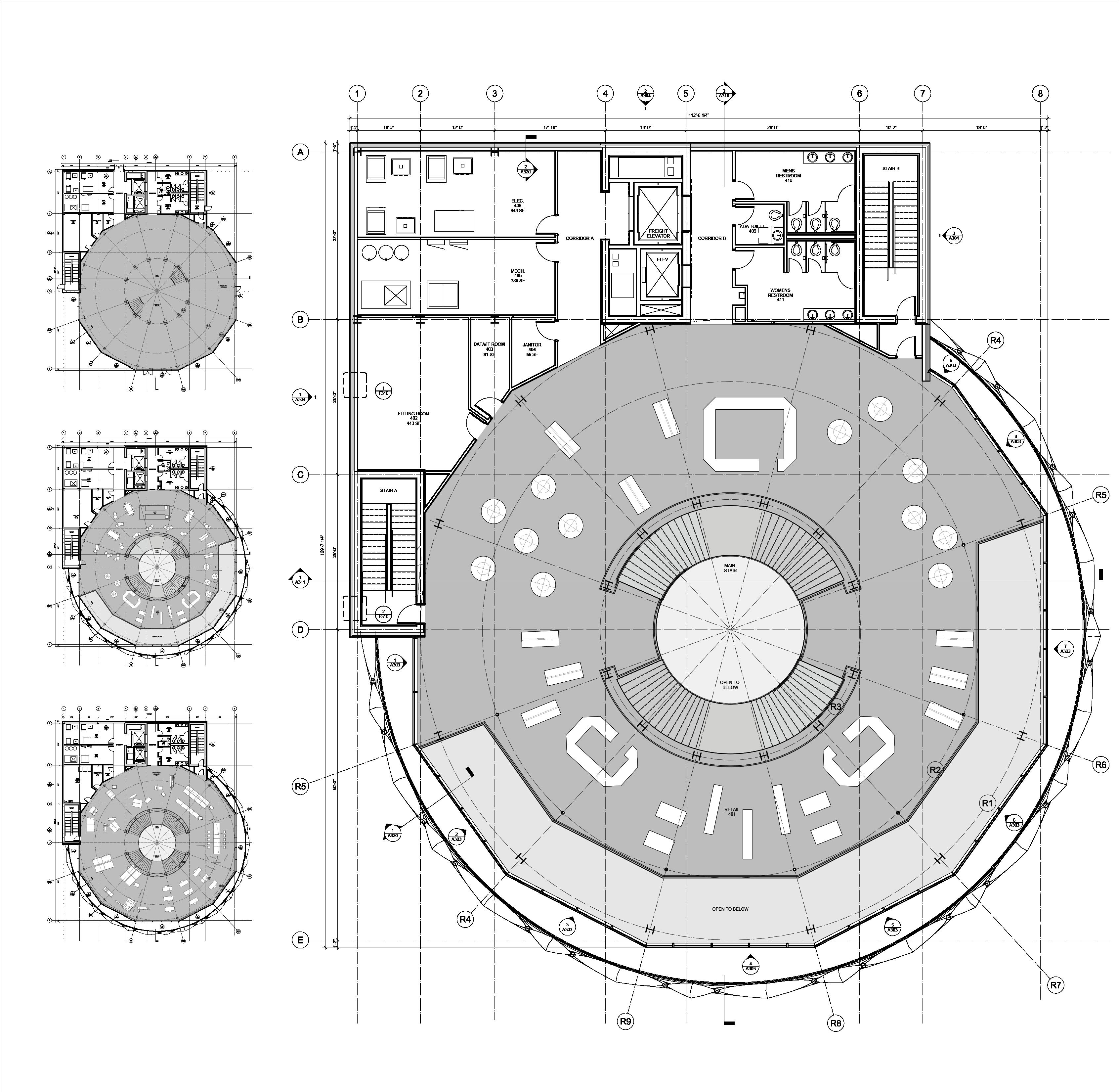
The user experience is limited to the do-decagon shape. In the central space, everything down to the lights and metal deck configuration emphasizes the radial geometry and symmetry. The radial symmetry not only emphasizes the exhibits on the crimes of sweatshops, but continues to draw the user up through all programs. Furthermore, all sight lines leading back to the empty center reverses the Panopticon relationship and begs the user to question their role as the observer and if they are welcome.
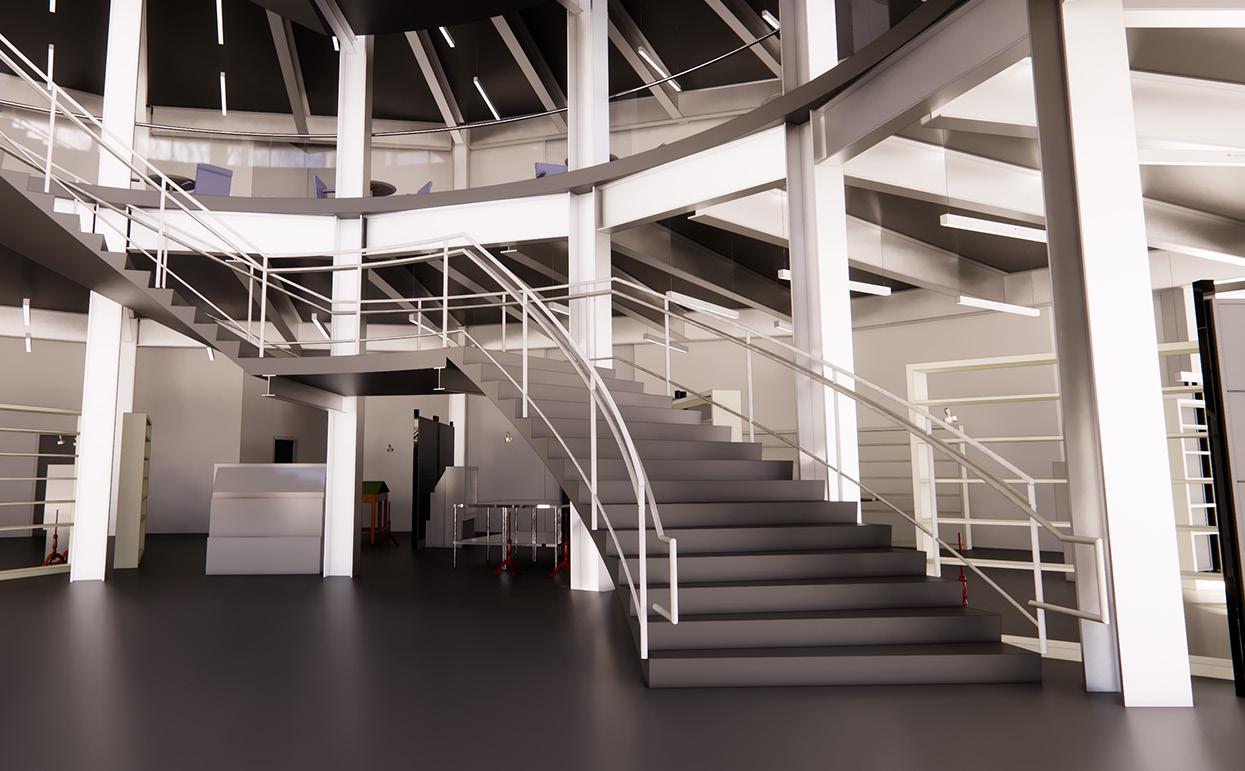
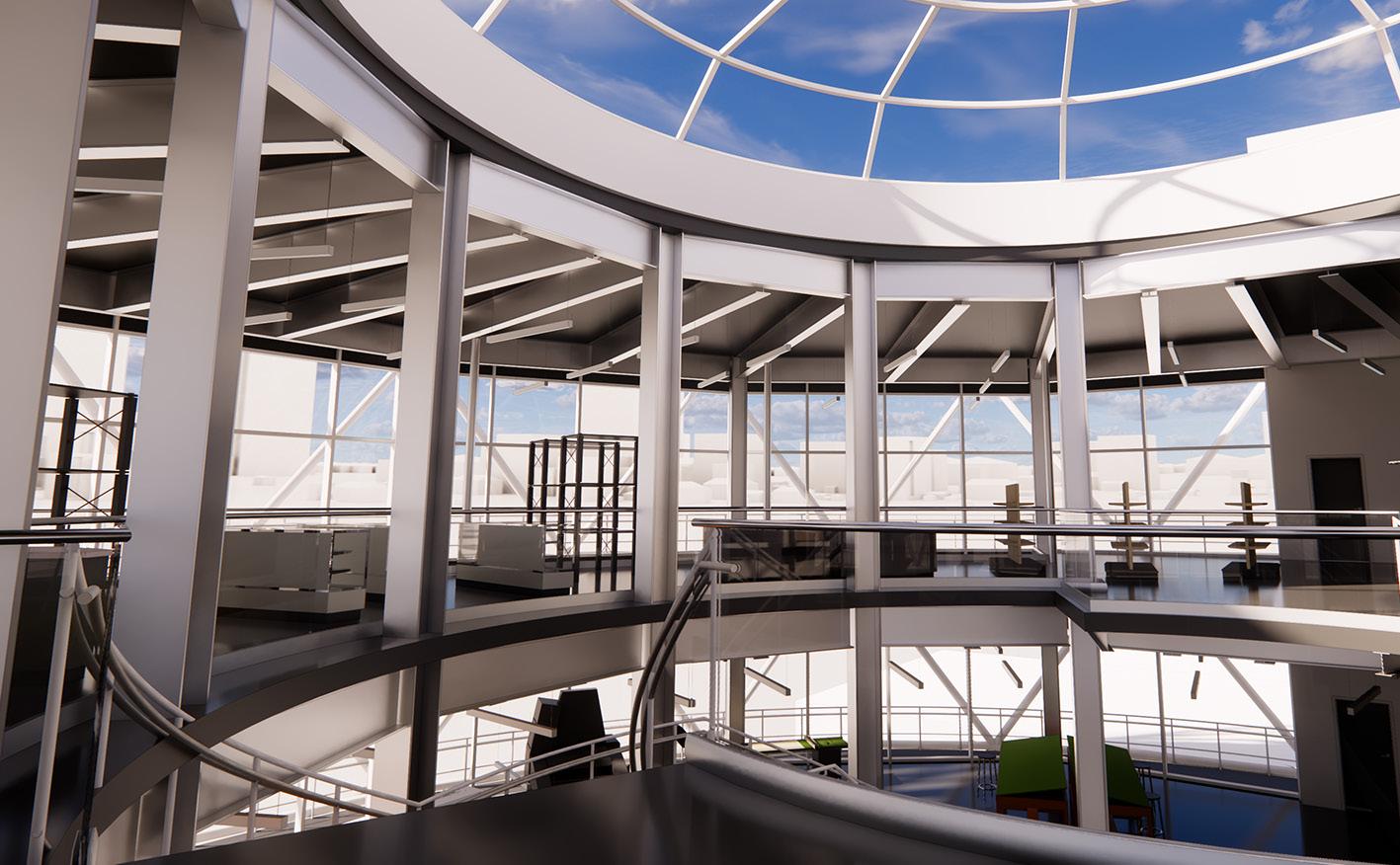


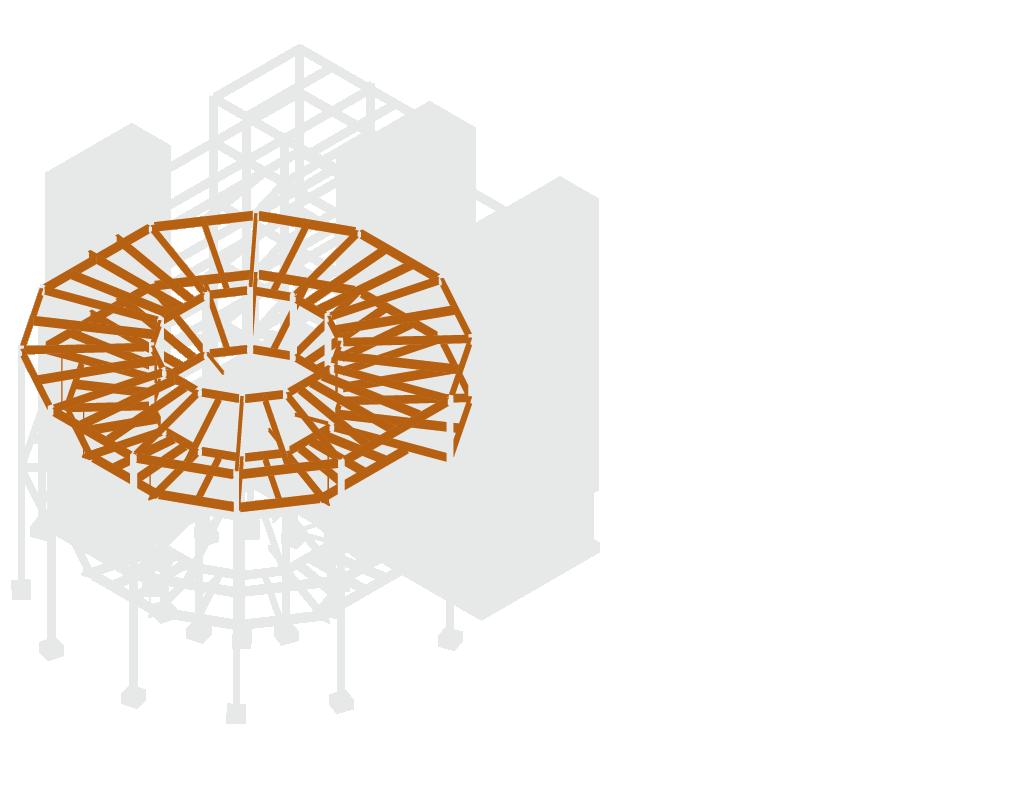
The structural system was deliberately designed to emphasize the radial form, leave the floor plates largely unobstructed from columns, and allow for the sculptural stair to exist in an atrium stretching all levels. The tension rings (highlight on left) highlight our choice to hang floor 2 and 4 from floor 3 and the roof respectively so that the “spokes of the wheel” could terminate at the inner ring. This design decision allowed maximum sight lines from the floors above to below, furthering the desired hyper-visible observer narrative.
Detail Section, Moment Connection at Inner Ring
Full integration and efficiency in all disciplines was paramount for the design to play the role of “enlighten-er” of human labor crimes and not become another aggressor in this story. Sustainability initiatives (ex. PV panels, water reclamation, material selection and reuse) were all integral pieces of the scope of this design.
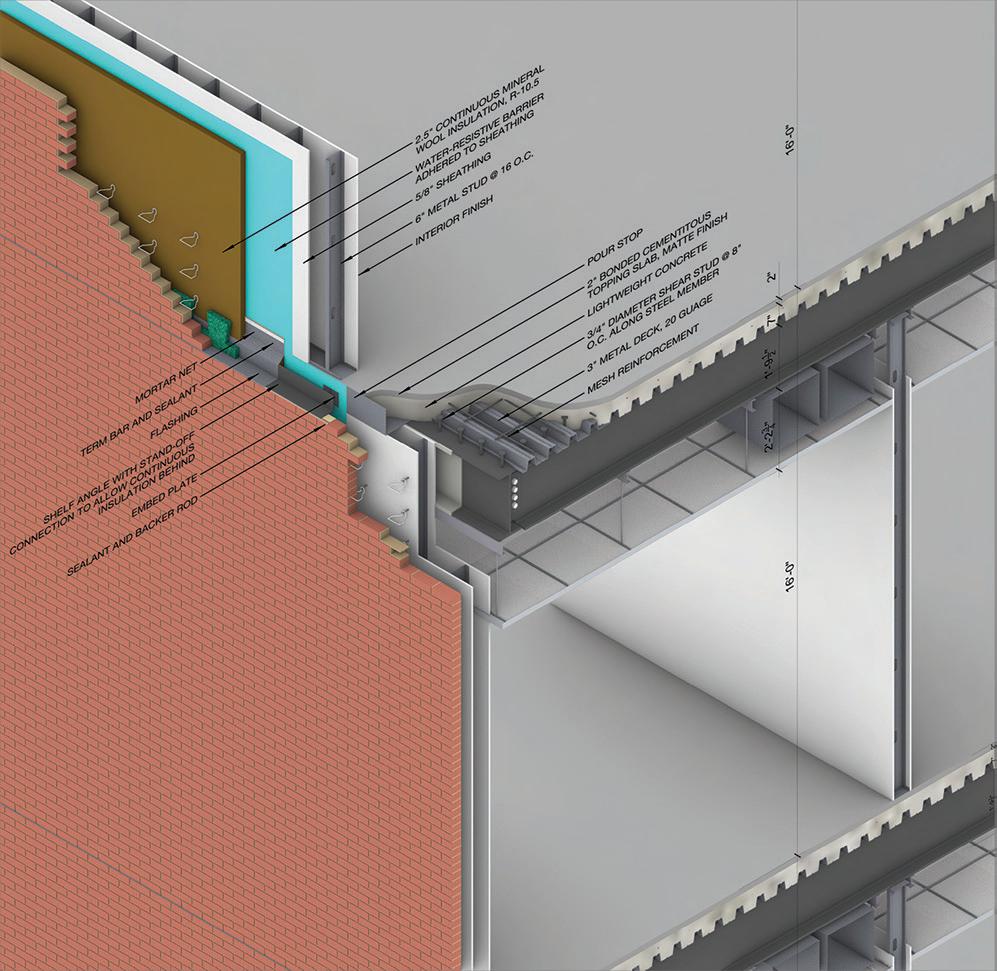
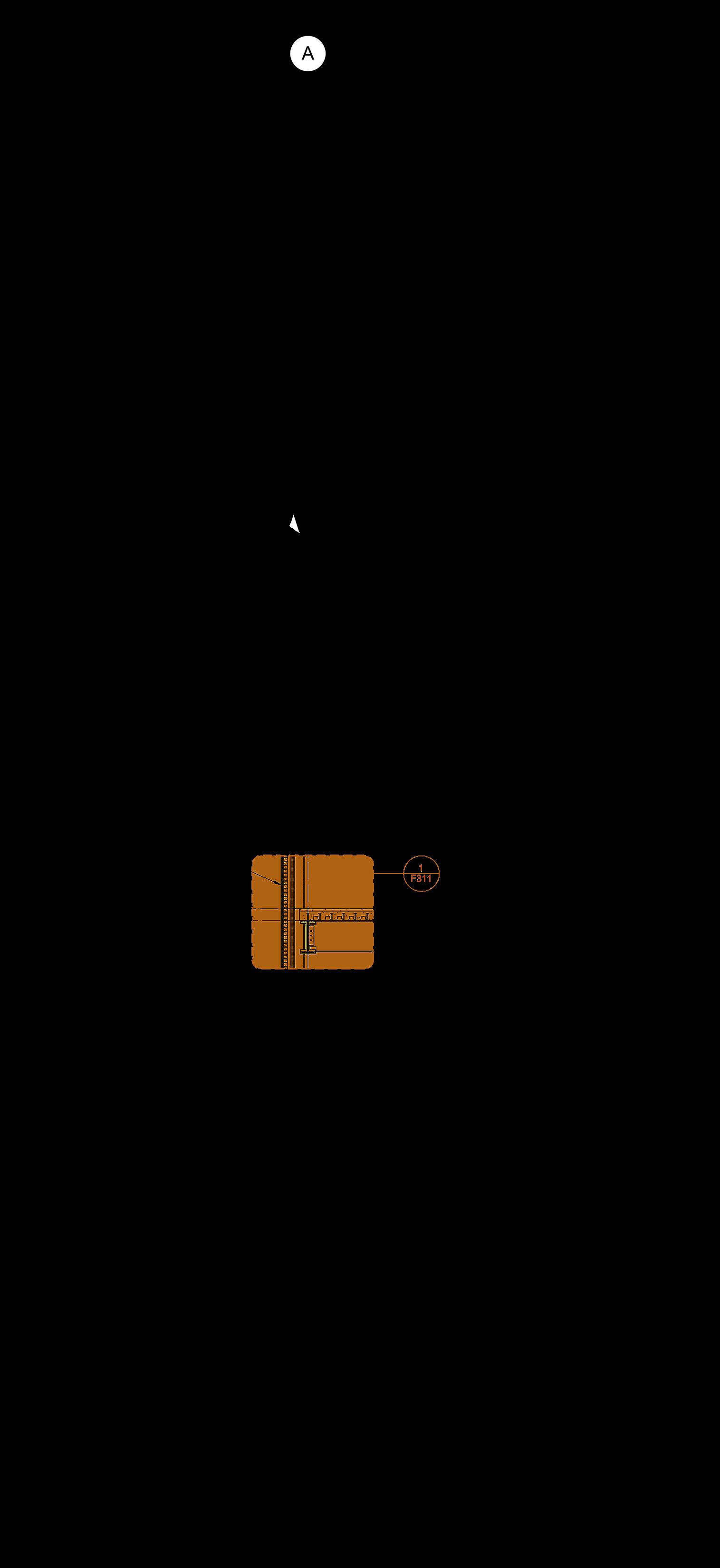
The double skin facade made of an ETFE outer skin and unitized curtain wall both contribute to the radial form and transparency initiatives. A dynamic ETFE system was chosen for its ability to shade only portions of the building in response to the sun’s arc while still allowing users to observe the interior from the street through the open chambers.
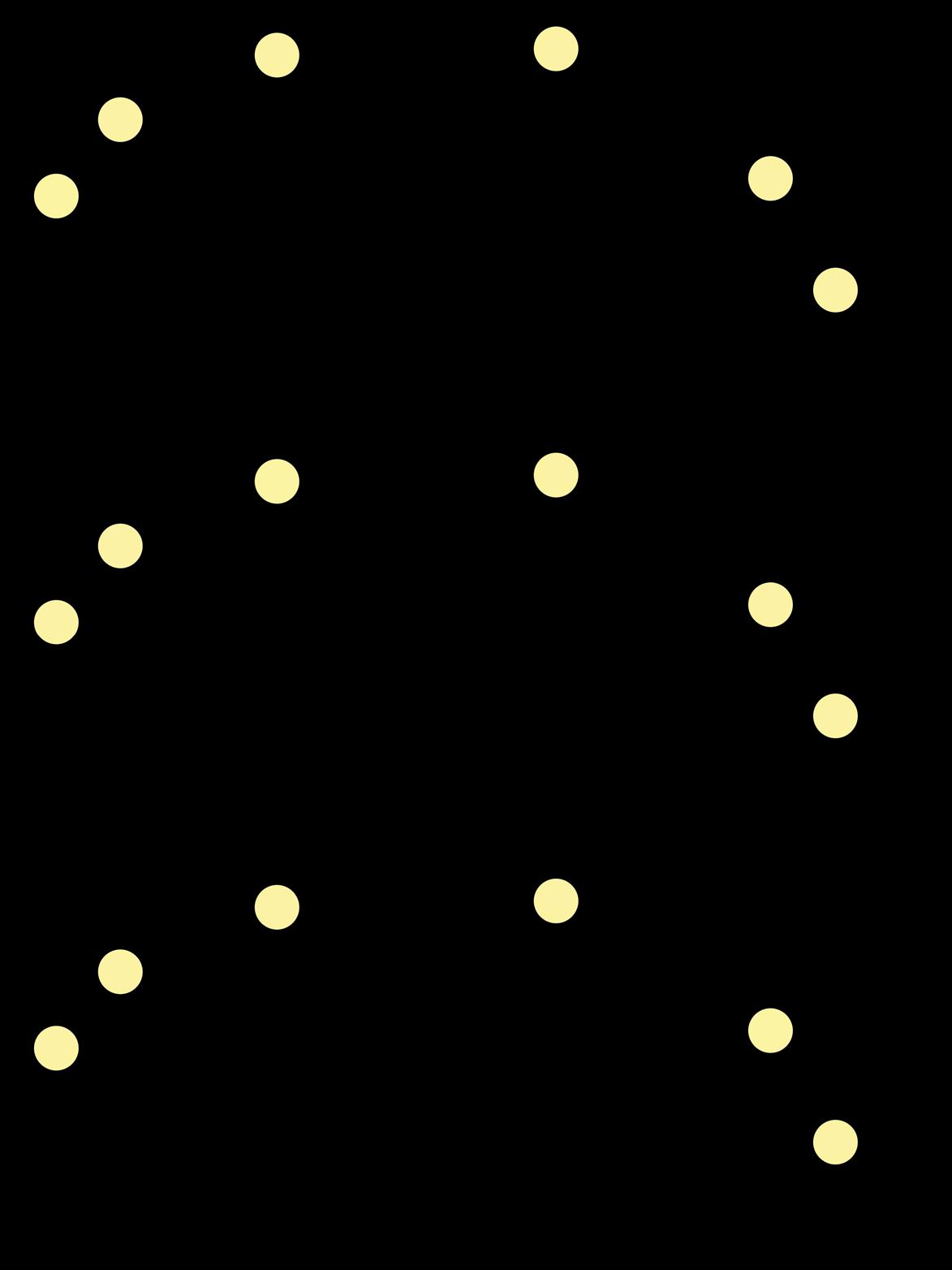
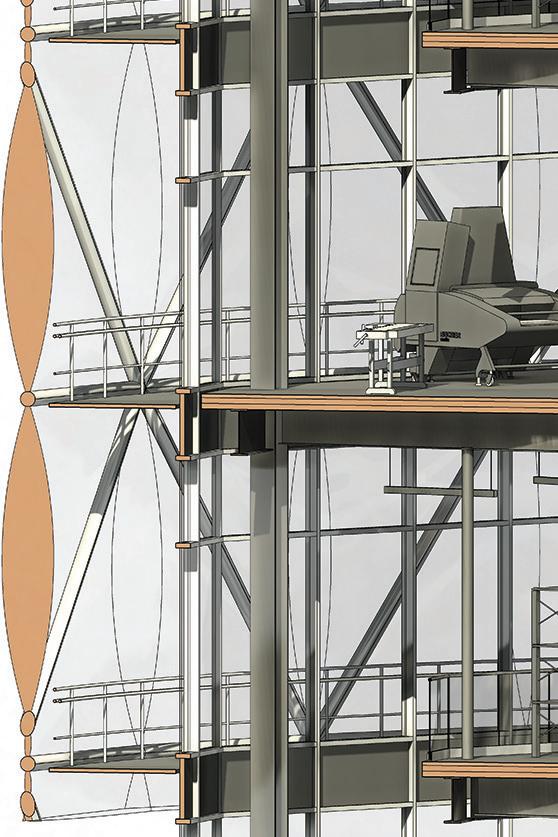
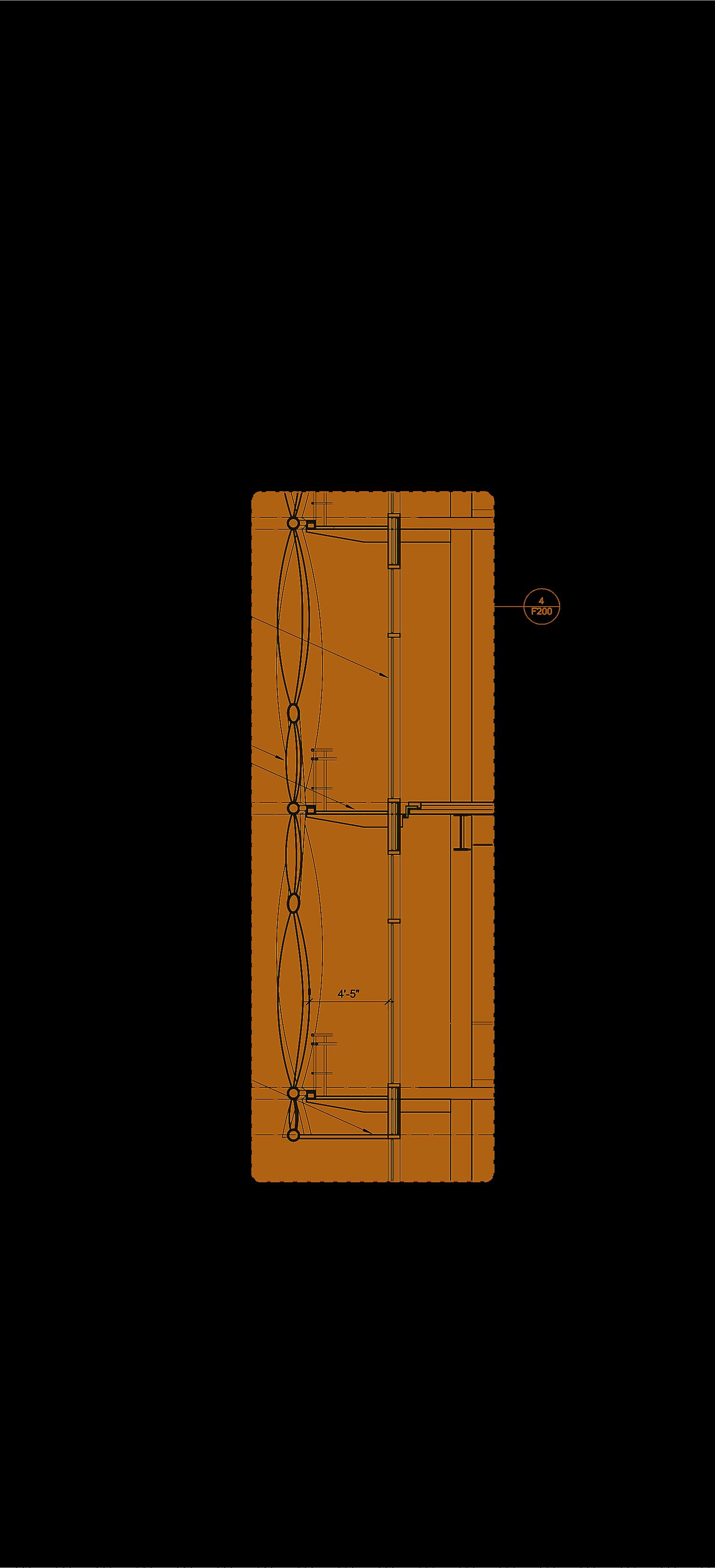
Completed in 1964, Revson Plaza Bridge at face value appears to serve the purpose of a passageway from Columbia’s main campus to the East campus just across Amsterdam Ave. Many questions consumed my research of the true purpose and realized function of this built work.
WHY are the concrete columns so massive? Why are there so many columns? Why are they so closely spaced?
It is a pedestrian only bridge, the largest load is its self weight. The excessive column size and frequency from short spans must have been a conscious choice.
WHY do you need to enter the campus in order to cross the bridge?
If approached from the public street, one must significantly elongate the path of travel in order to cross the bridge as you need to enter campus to reach the entry stairs. If one approached from the inside as one would if a part of the University, it is very accessible.
WHY are there two crosswalks directly adjacent to the bridge if they serve the same purpose?
Using the bridge is not necessary to get from one campus to the other.
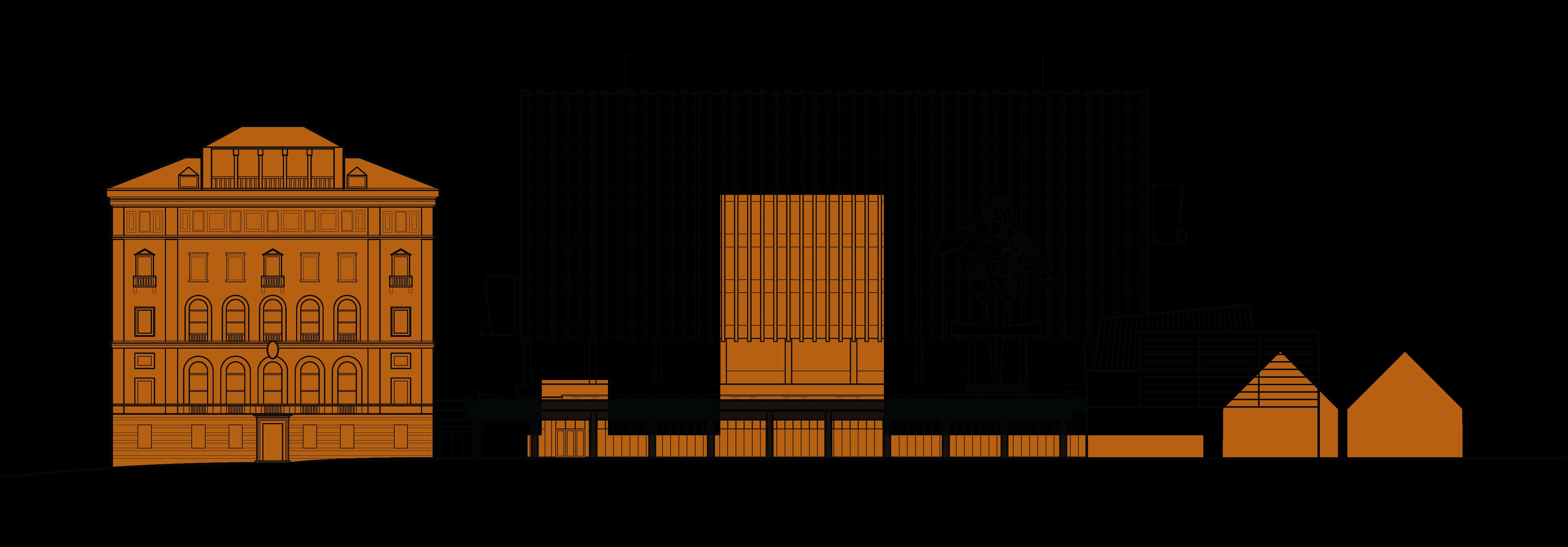
Concrete Bridge East Campus Buildings Built prior to East Campus and remains Demolished for the East Campus
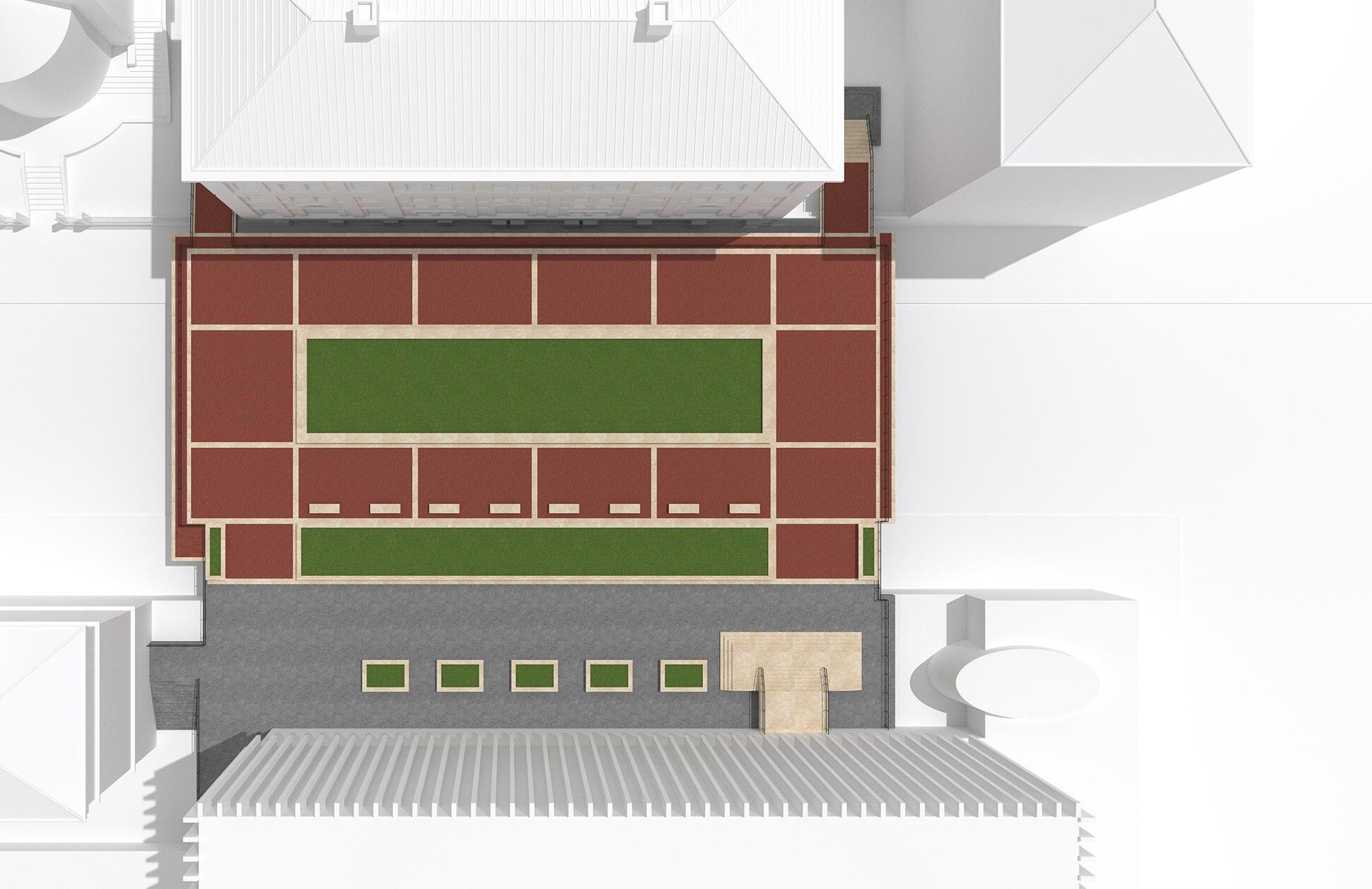
The East Campus and bridge were Columbia’s first major expansion since moving to the Upper West Side. The expansion required demolition of 18 small academic buildings and 7 apartment buildings. Notably, 117th street between Amsterdam Ave. and Morningside Dr. was removed from the New York City grid.
Revson Plaza is an unnecessary built work for its function of passage between campuses, therefore the principle purpose becomes exclusion and elevating the University from the community around it. The choice of concrete as a building material that lasts for decades becomes the burden of the “outsiders.”


In the 1960s, an urban renewal project headed by Mayor Hugh Addonizio announced that the neighborhood now called University Heights would be demolished and replaced by the New Jersey College of Medicine and Dentistry. In 1961 and 1967, the use of eminent domain would displace a total of 7,627 people from this predominantly residential neighborhood. Of the 925 displaced families, 76% were of color. The university campus occupies 140 acres of which is 80% empty space and surface parking.
This is the beginning of a semester long research project on the lost architecture and community of this neighborhood which is shown in red overlaid upon the current infrastructure.
TOTAL DISPLACED FROM EMINENT DOMAIN = 7,627 PEOPLE

The super block acts as a boulder that is dropped haphazardly in a river of community networks that are diverted around it, unable to erode the boundary. The first intervention to the urban fabric needs to be a reconfiguration of key systems of pedestrian flow, city grid lines, and greenery landscapes (bottom left). This is the first initiative of many that would stitch the hole that the campus leaves. The next step is introducing infrastructure, the Library, to support additional community needs and begin the rebuilding process.
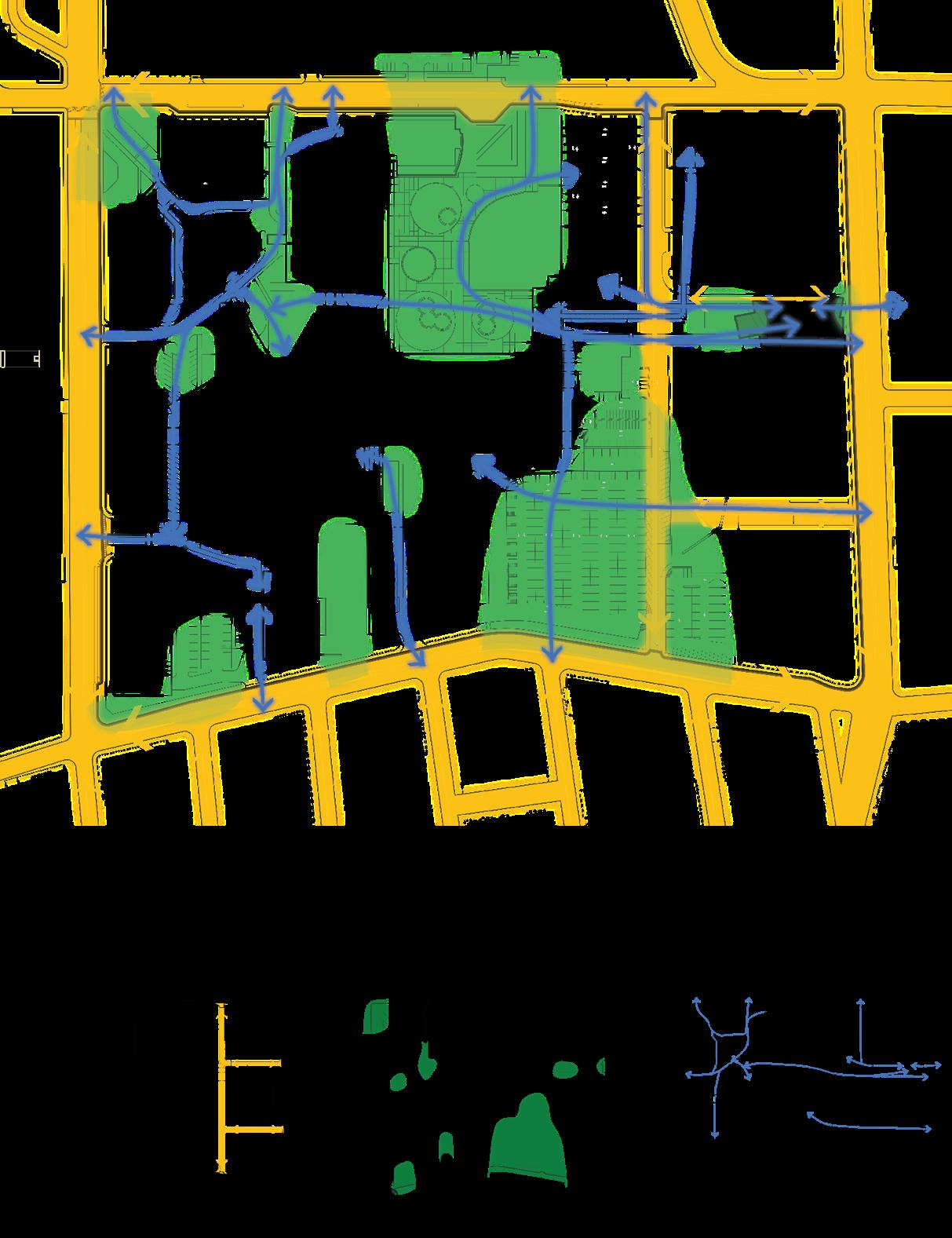
Green Space
to the Community
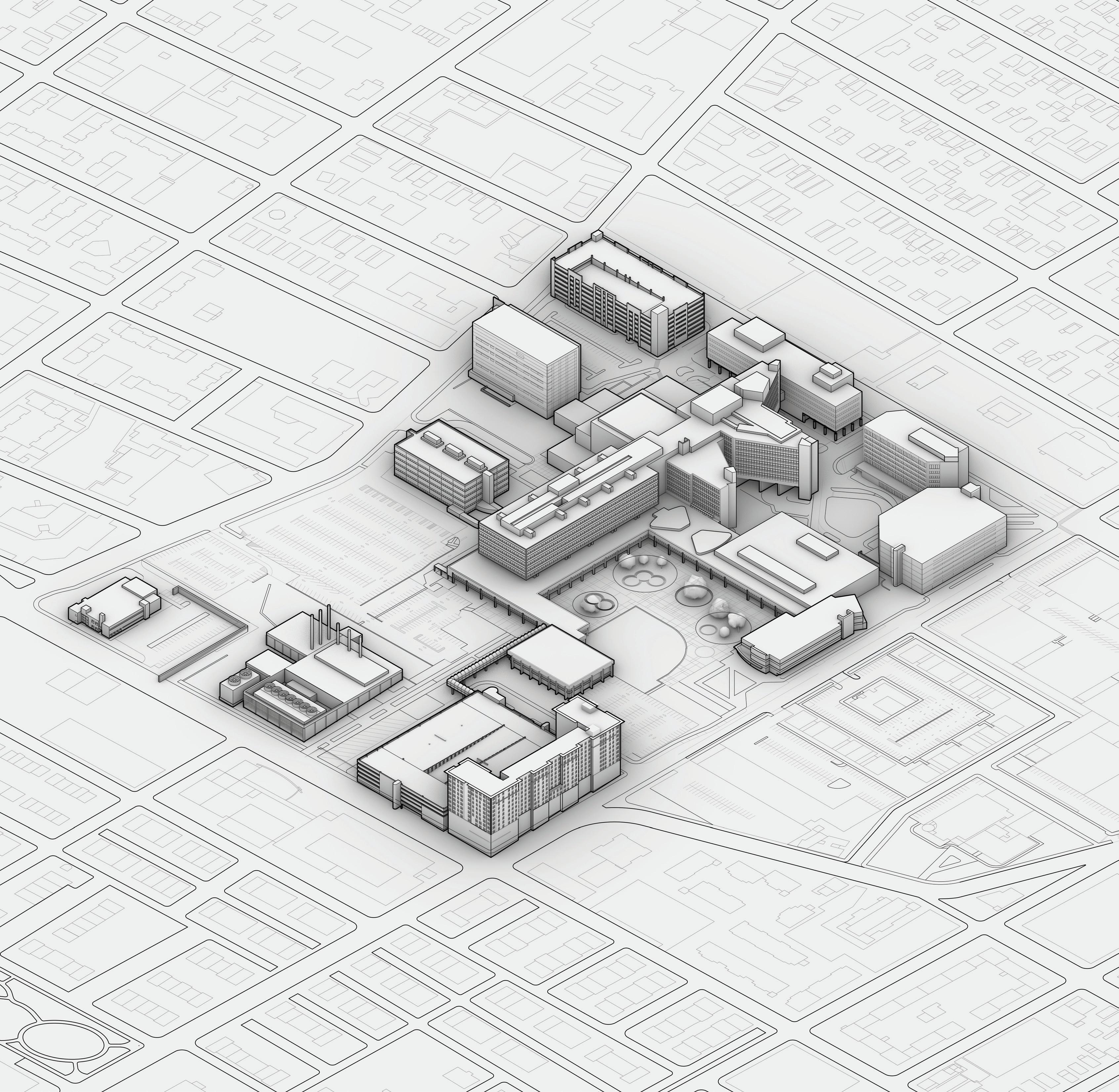
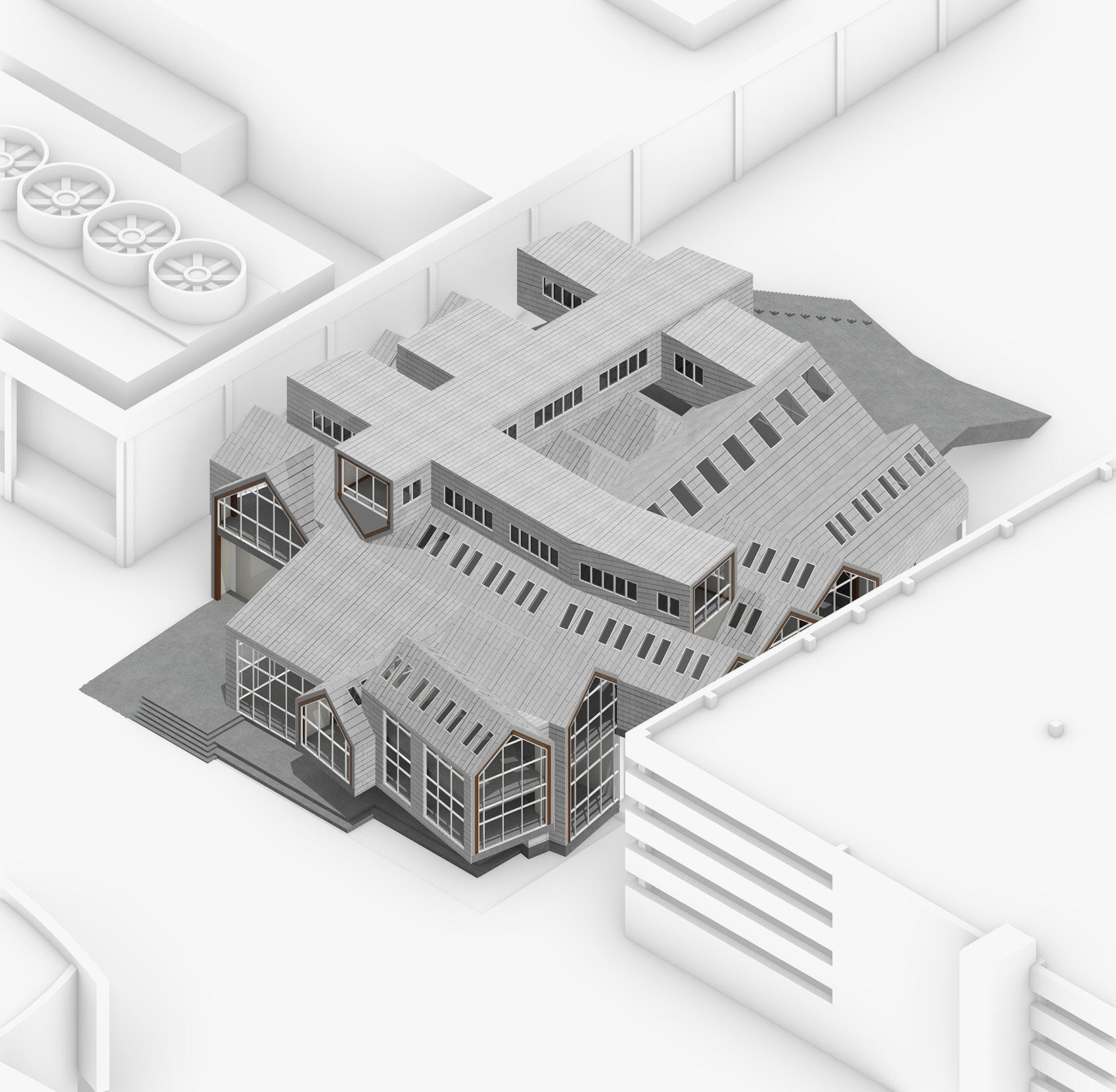
The design is driven by reintroducing the old housing typology’s volumetric identity as the building’s envelope and structure with the goal of getting back in touch with the damage and creating a familiar space the community can embrace. This volume that is translated, stretched, scaled, and flipped is perfect for creating intimate moments within the intersections and between repetitions.

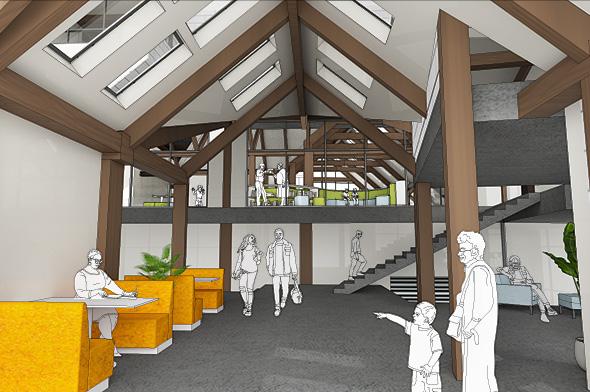
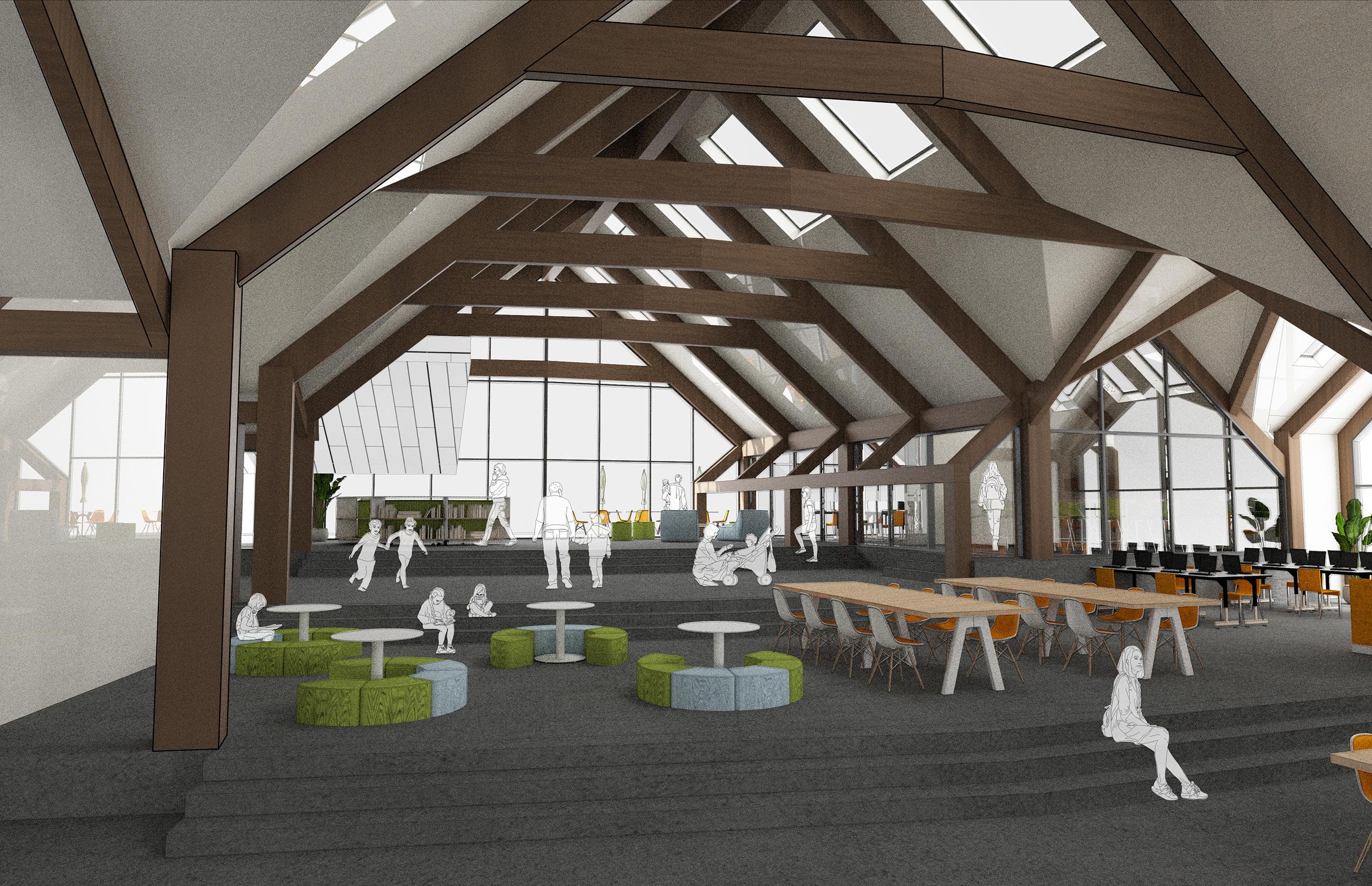
My proposal, a new library, begins to chip away at the super block and to reintroduce the community while simultaneously integrating much needed programs like computer labs and resources for child development. Overall, the library acts as a space to bring the community together by reintroducing the intimate and informal spaces that were lost like the stoop, backyard, and other gathering places the old architecture generated.
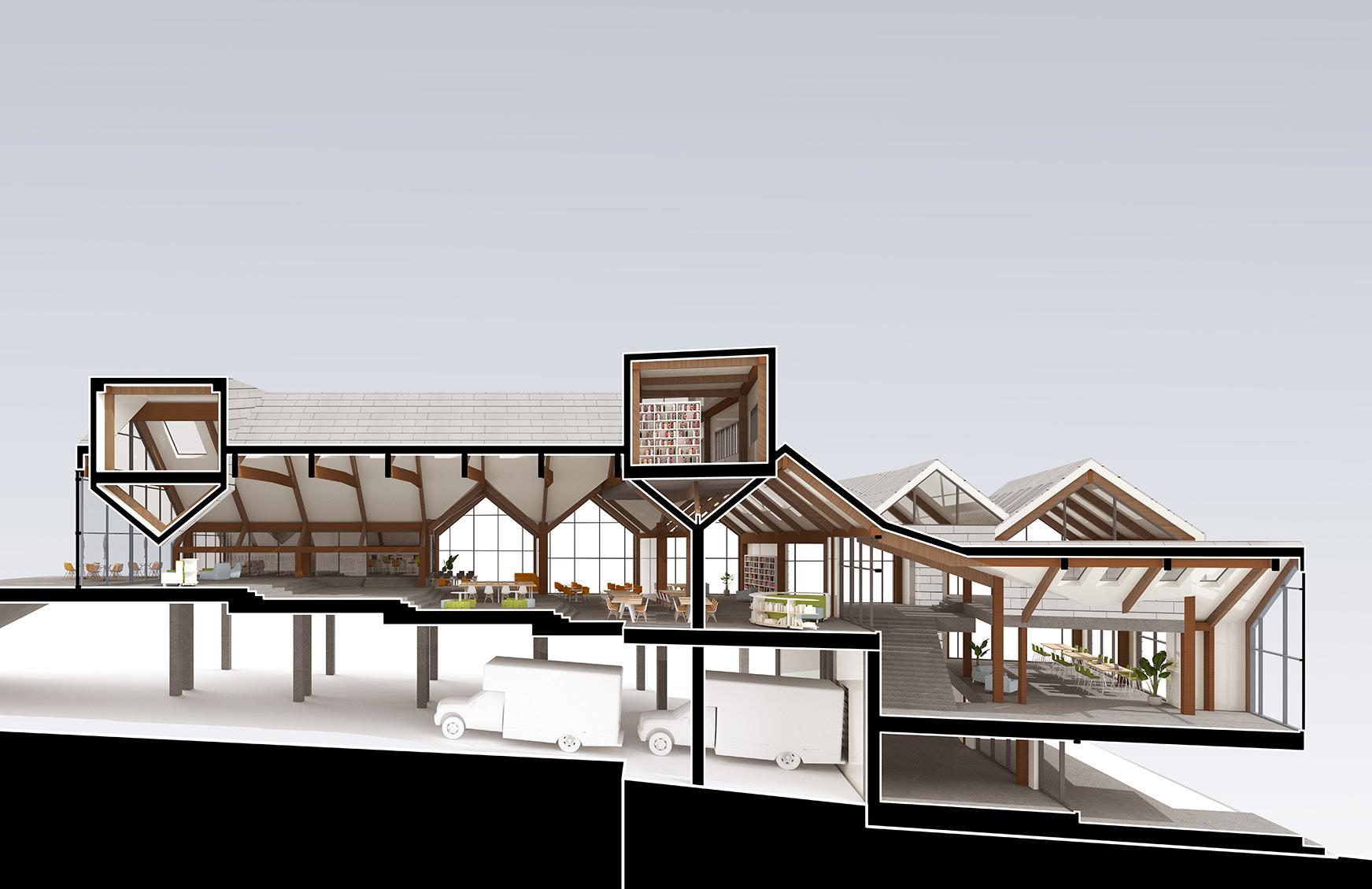


If I am known for one thing, it is having my camera with me at all times. Because of this, I get the opportunity to capture many beautiful moments, but I also strive to capture the world with intention. This is a series of unique vantage points and perspectives. From these photographic framing choices such as the straining figures within the iron gate (3) and the oculus just being cut off to show the Pantheon’s dwarfing effect (2), I hope to allow the viewer to be transported to how it felt to be in that moment.
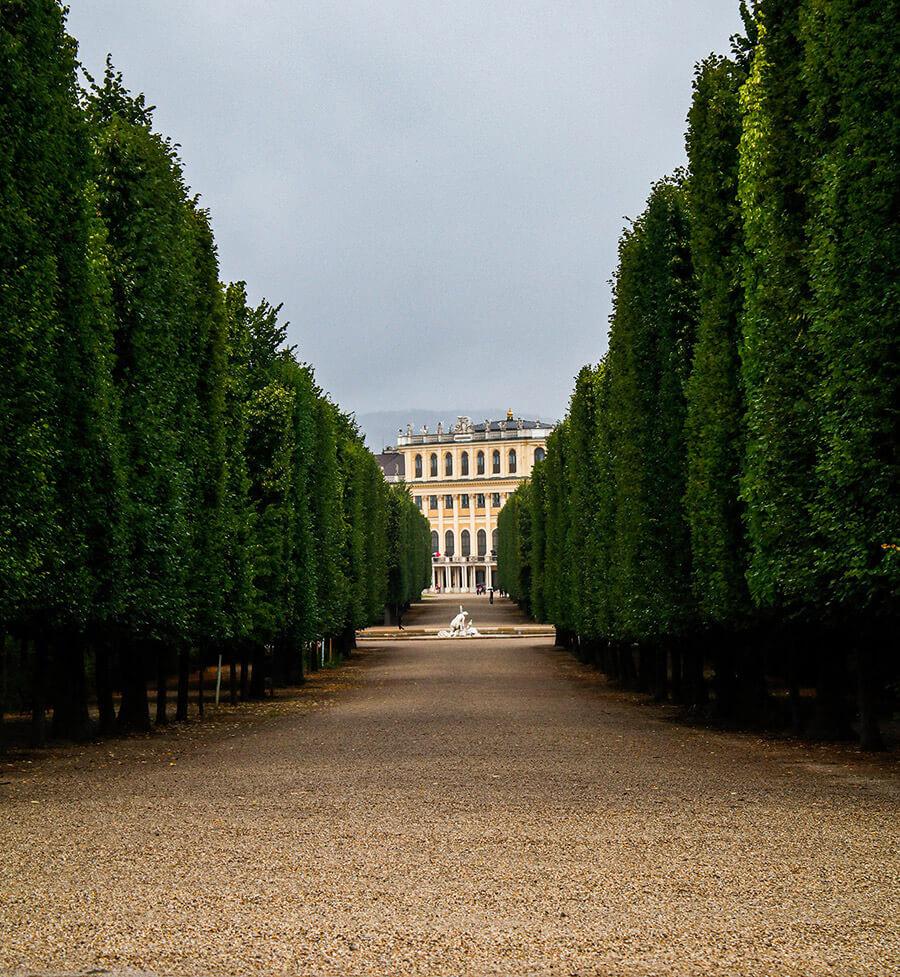
1 - “When will you realize? Vienna waits for you”
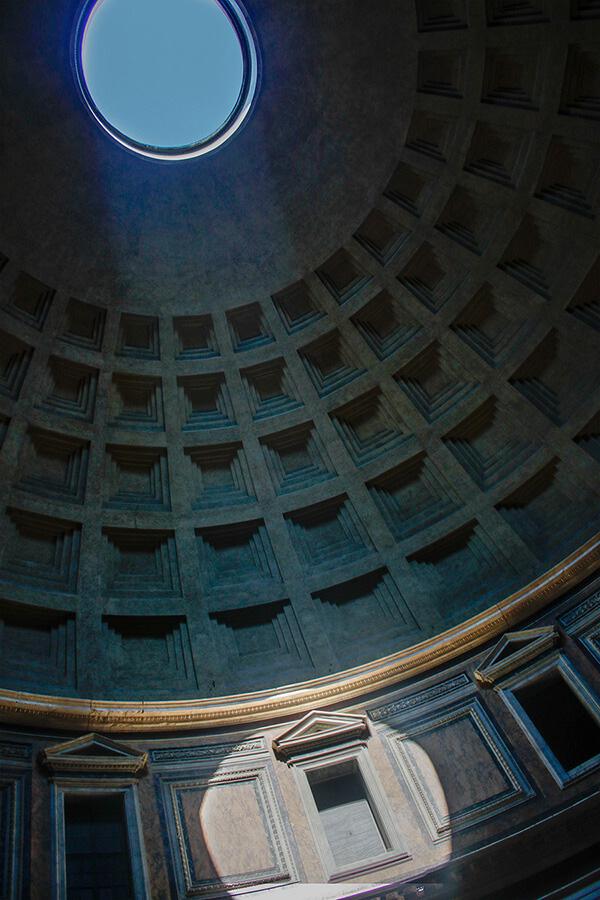



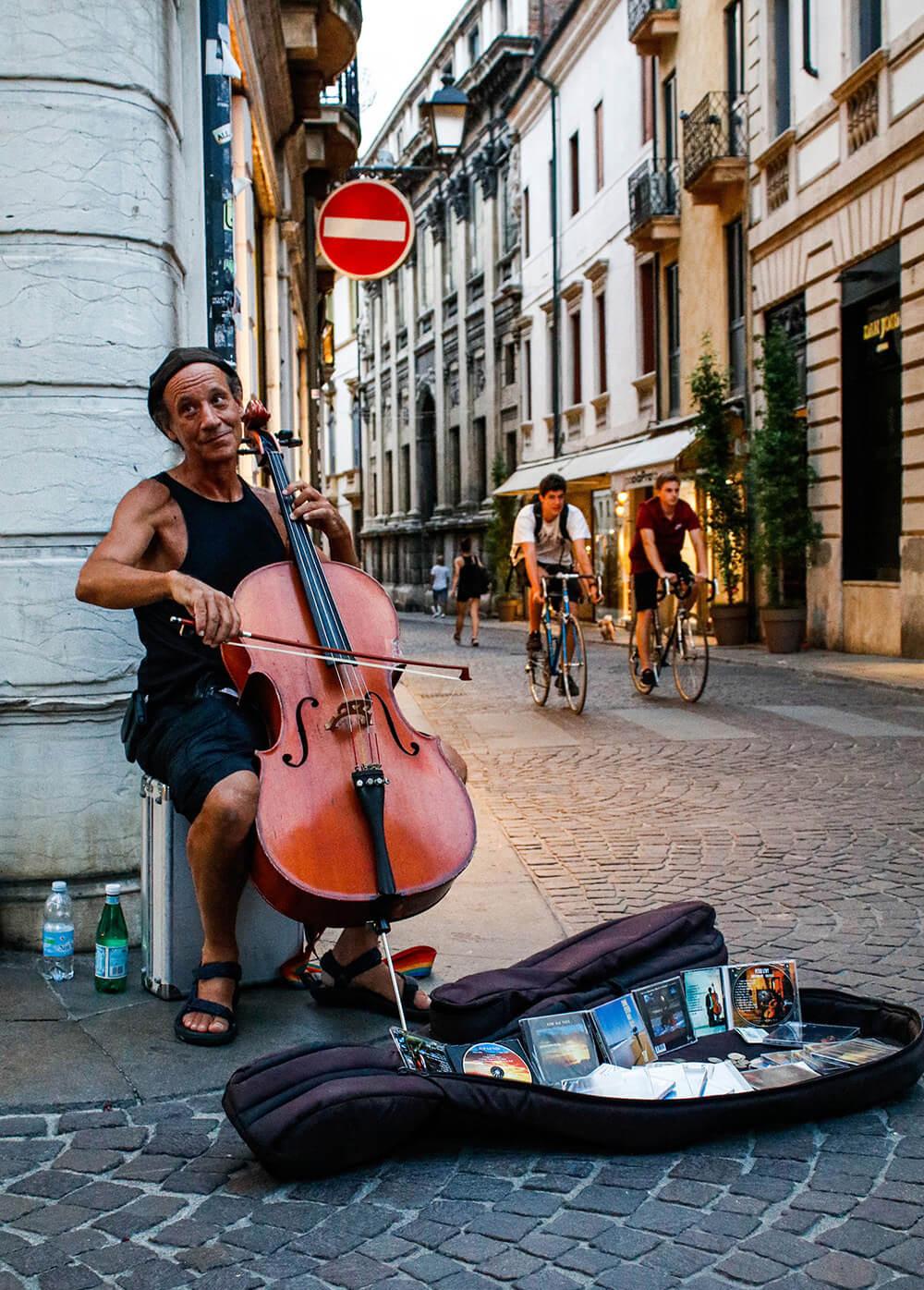
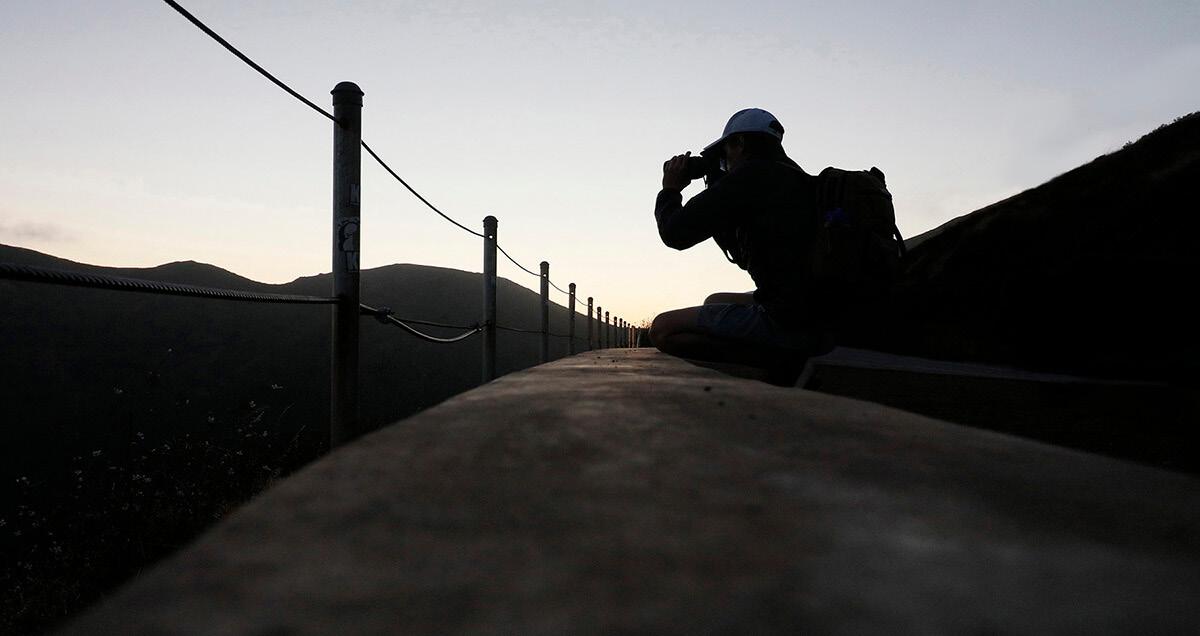
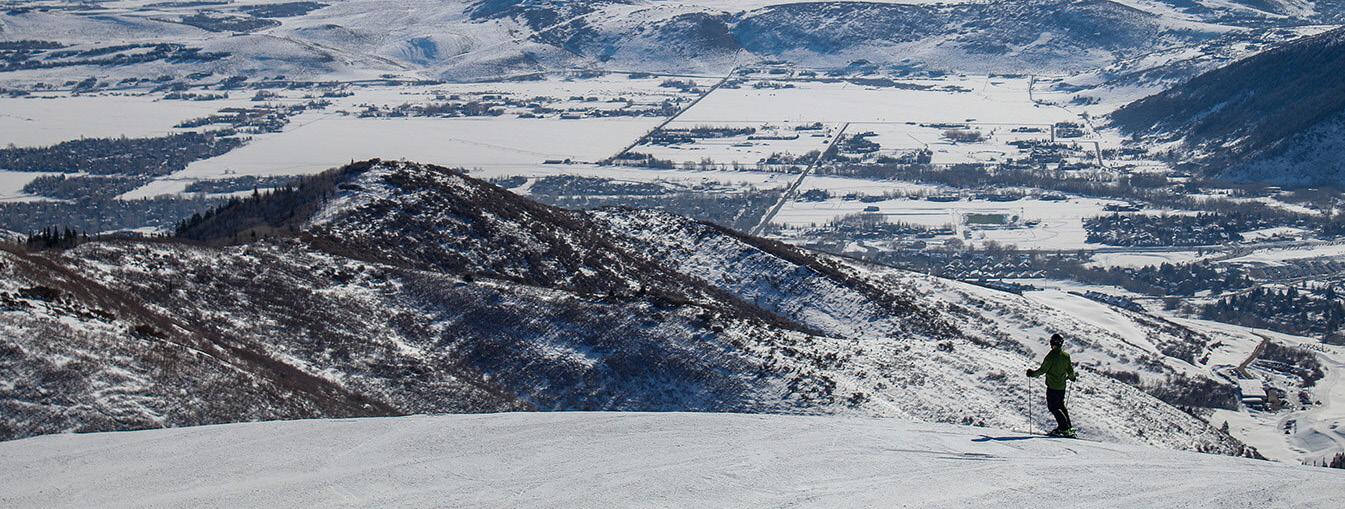
With portraiture, I aim to capture surreal moments for my subjects. I capture honesty in their experience of introspection like my father taking in the beauty of the Rocky Mountains (4), or the cellist in Vicenza who became so lost in his performance, he forgot I had asked to take his photo (1). My favorite image in this series is of the man meditating on the beach as we both appreciated one of the last warm days in November (5).

